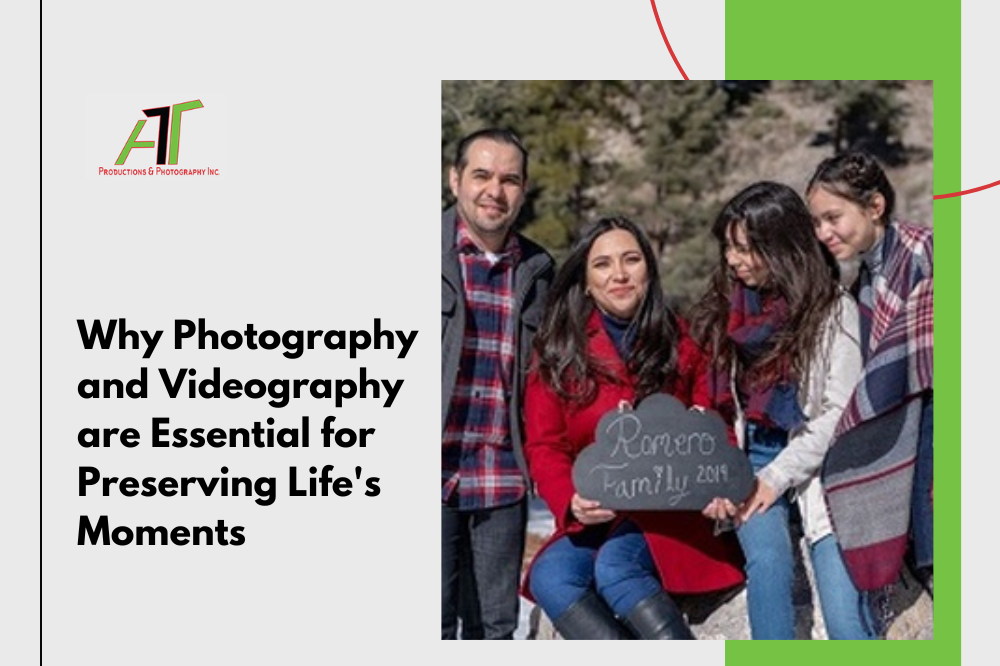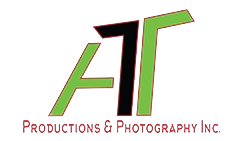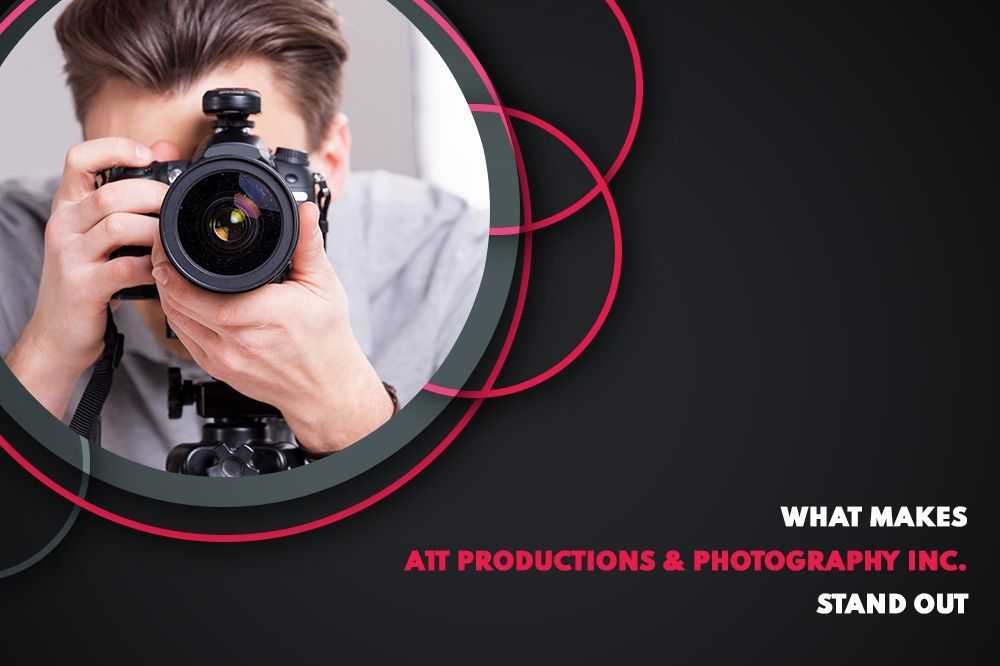FROM CONCEPT TO SCREEN: DEVELOPING A DOCUMENTARY IDEA
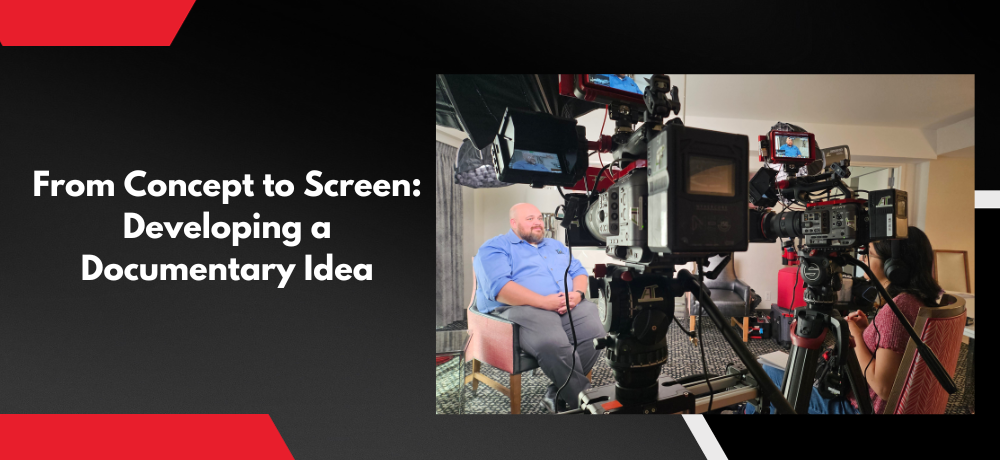
The world of documentaries is a captivating realm where storytelling meets reality, offering a unique lens through which audiences can explore, learn, and connect with various aspects of the human experience. However, the journey from a mere concept to a compelling documentary on the screen is a nuanced process that demands careful consideration and strategic planning. In this blog, we will delve into the intricate steps involved in developing a documentary idea, recognizing that each stage contributes to the ultimate success of the project.
Nurturing the Seed of an Idea: The Birth of a Documentary Concept
Every great documentary begins with the seed of an idea an observation, a question, or a story waiting to be told. This initial concept is the foundation upon which the entire project is built. It's crucial to choose a subject that not only piques your interest but also has the potential to engage and resonate with your target audience. This is where the journey from concept to screen truly begins.
Research and Pre-Production: Crafting a Solid Foundation
Once you have a concept in mind, the next step is to dive deep into research. Documentaries are rooted in reality, and a well-researched foundation is essential for authenticity and credibility. This phase involves understanding your subject thoroughly, identifying key players, and outlining the narrative structure. Pre-production activities, such as planning interviews, scouting locations, and securing necessary permits, lay the groundwork for a smooth transition from concept to actual production.
Crafting the Narrative: Structuring Your Documentary
The success of a documentary often hinges on its narrative structure. How will you unfold the story? What themes will you explore? What emotional journey do you want your audience to experience? Crafting a compelling narrative involves making creative decisions about sequencing, pacing, and the overall tone of your documentary. Whether you opt for a linear storyline, a thematic approach, or a more experimental structure, each choice contributes to the unique identity of your documentary.
Essential Elements of Documentary Production
Interviews: Giving Voice to Your Story
One of the hallmark features of documentaries is the use of interviews to provide firsthand accounts and perspectives. Conducting meaningful interviews requires skillful preparation and an ability to connect with your subjects. Carefully choosing interviewees who can articulate the core of your narrative adds depth and authenticity to your documentary.
Cinematography and Visual Style: Bringing Your Concept to Life
The visual language of your documentary is a powerful tool for conveying emotions and information. Whether you opt for cinematic beauty, raw realism, or a stylized approach, your visual choices should align with the tone and themes of your documentary concept. Collaborating with skilled cinematographers and utilizing innovative techniques can elevate your project and make it visually compelling.
Archival Footage and B-Roll: Enhancing Your Storytelling
Incorporating archival footage, photographs, and B-roll footage is a common practice in documentary filmmaking. These elements serve to enhance your storytelling, providing context, historical background, and visual interest. Thoughtful selection and seamless integration of these components contribute to the overall richness of your documentary.
Post-Production: Shaping the Final Product
Editing: Weaving a Coherent Narrative
The editing process is where the myriad pieces of your documentary come together to form a cohesive whole. The editor plays a pivotal role in shaping the narrative, selecting the best footage, and ensuring a smooth flow. Attention to pacing, rhythm, and the overall emotional arc of the story is crucial in creating a documentary that captivates and resonates with the audience.
Sound Design and Music: Setting the Mood
The auditory elements of a documentary are often underestimated but are equally essential in creating an immersive experience. Sound design and music contribute to the mood, pacing, and emotional impact of your documentary. Choosing the right music and ensuring clear, high-quality audio enhances the overall viewing experience.
Bringing Your Documentary to the Screen
Film Festivals and Distribution: Sharing Your Vision
Once your documentary is complete, the next step is to share it with the world. Submitting your work to film festivals provides an opportunity for exposure, recognition, and potential distribution deals. Carefully navigating the landscape of film festivals and exploring distribution options are integral steps in ensuring that your documentary reaches its intended audience.
Online Platforms: Reaching a Global Audience
In the digital age, online platforms offer unparalleled access to global audiences. Whether through streaming services, video-on-demand platforms, or social media, online distribution allows your documentary to reach diverse viewers and make a lasting impact. Crafting a strategic online presence and marketing plan is crucial for maximizing the reach of your documentary.
Developing a documentary idea is a journey that involves creativity, research, and a deep understanding of storytelling. From the initial concept to the final cut, each stage requires thoughtful decision-making, collaboration with a skilled team, and a passion for bringing real stories to the screen.
At A1T Productions & Photography Inc., we understand the art and craft of documentary filmmaking. Whether you have a concept in mind or need assistance in shaping your ideas, we are here to guide you through the process.
Get in touch with us today
To learn more about what we do, please click here. To contact us,
please click here or call us at
(702) 806-5908.
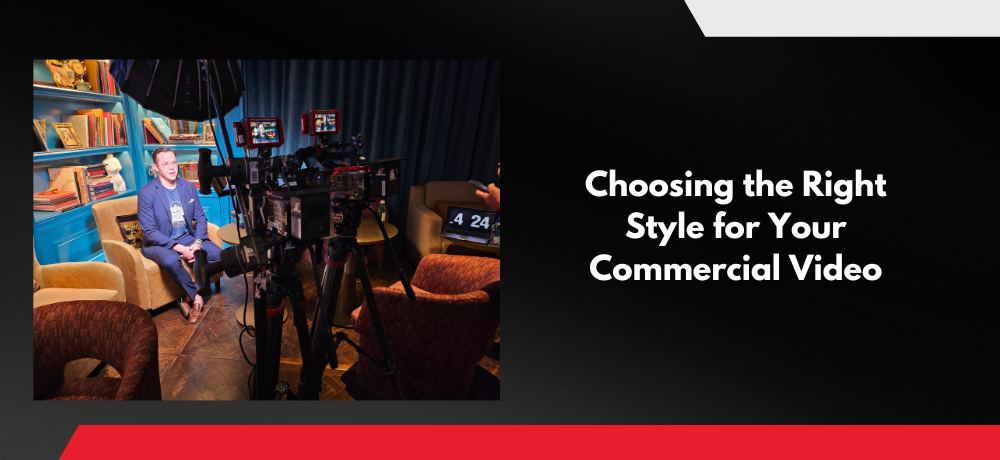
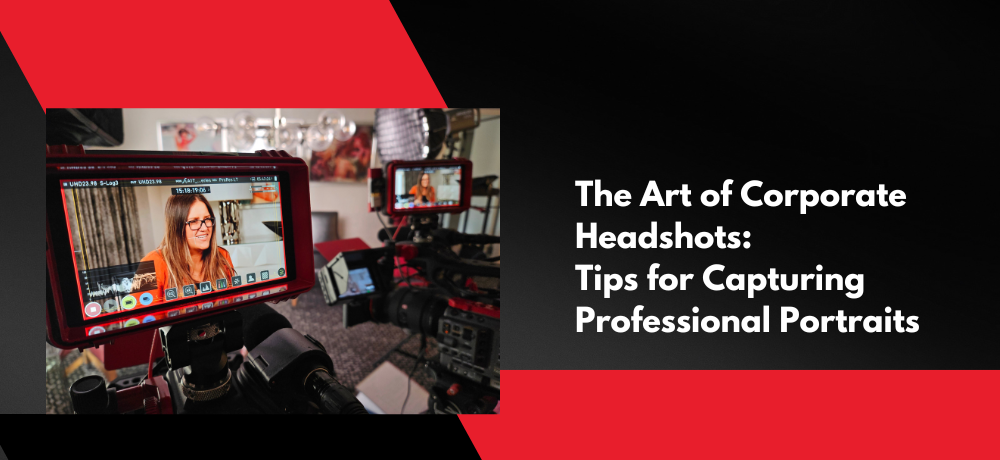
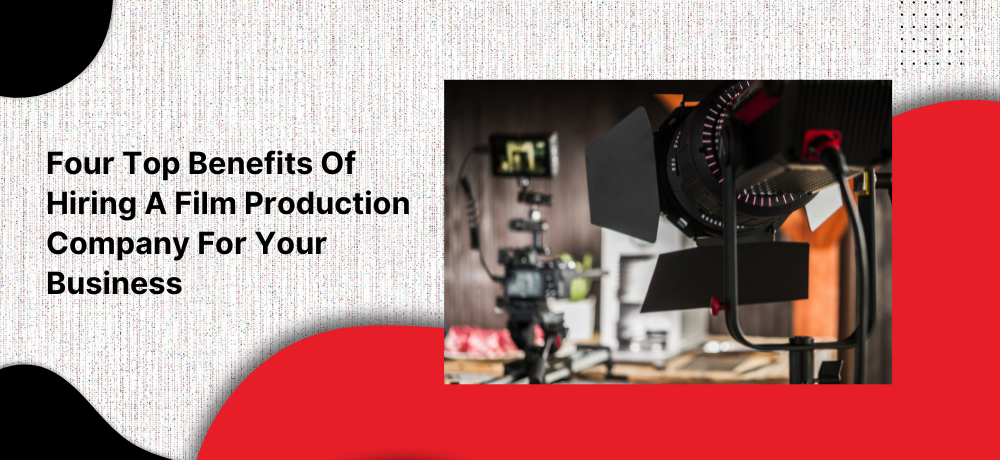

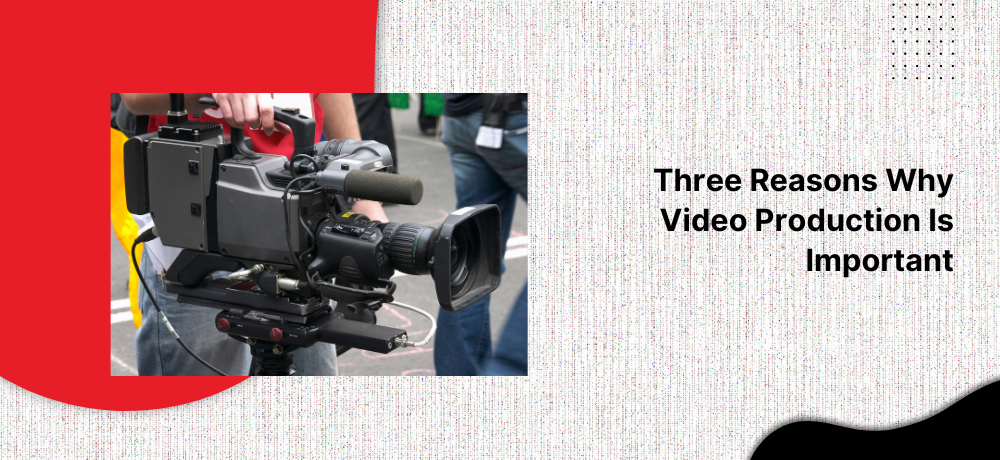

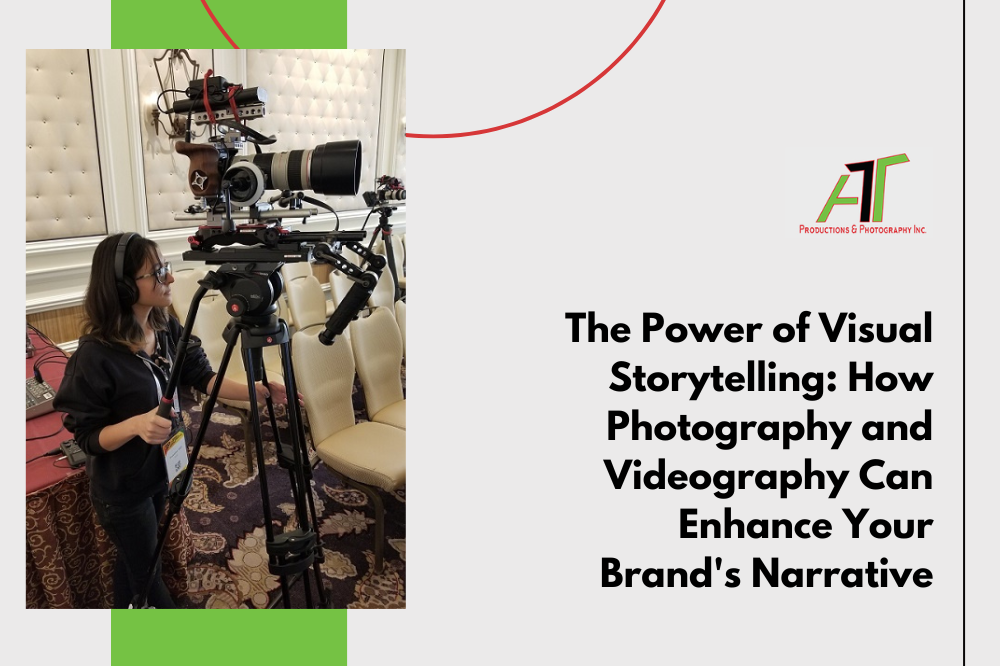
THE POWER OF VISUAL STORYTELLING: HOW PHOTOGRAPHY AND VIDEOGRAPHY CAN ENHANCE YOUR BRAND'S NARRATIVE
